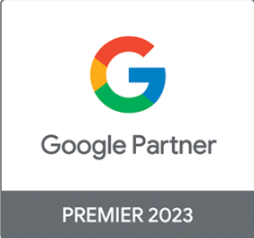Conversion Rate Optimisation (“CRO”) is a huge part of the diet of work for digital agencies in Europe and the United States and the discipline is still growing fast. Yet in South Africa if you say CRO, people say “CRO what?”.
So, what is CRO?
Put simply, it is a process of testing versions of ads and/or pages against each other – at the same time. To see which one performs the best. This is also often referred to as “split testing” or “multi-variant testing”.
But CRO goes way beyond just testing – it’s a method, a scientific process and a way of thinking. It mixes both performance marketing thinkers (people who drive traffic) with user experience thinkers (people who try to understand the customer experience of using a page or interface).
CRO is a system for increasing the percentage of visitors to a website that convert into customers, or take any desired action on a webpage or app.
Picture This Scenario
By way of a simple example:
Obvious, I hear you say.
So then, why are so few people taking the practice of always testing variants seriously in South Africa?
Several reasons:
- A lack of seasoned senior digital thinkers, who can think beyond their discipline, so SEOs and Paid Media people, for example, are not necessarily comfortable talking about user experience
- On the converse, the user experience people have the same fear of talking with confidence on matters of search marketing
- Development teams are always busy and “such menial page tests” are low down on the priority list (so will never be actioned), more on this later.
Over and above these factors, e-commerce and lead generation is only now becoming a huge industry and understandably South Africa, is a little behind the curve.
So what?
There are several points to take note of:
- There are now some (handful) of really good performance marketing and user experience specialists.
- This is marketing effort that can easily justify more budget, start with a small test. If you see an uplift in actions, then the CFO should be willing to give you far more budget, as CRO directly impacts the bottom line.
- The excuse of new page variants being stuck in the development backlog, is no longer an issue with a myriad of great tools (globally) that allow CRO specialist agencies to develop page variants for you and with no need to distract your own development roadmap.
And your point is?
If you are a brand, start doing some more investigations into CRO.
If you are an agency, start getting up to speed.
The sleeping giant is about to wake up and have some coffee.



